
WTFIRGO — Rafa Esparza
Rafa Esparza is a multidisciplinary artist hailing from the SGV whose practice includes performance, sculpture, and installations. Growing up in LA as a first generation son of immigrants from Durango, Mexico, Rafa was first inspired by crafts made collectively at home for quinces, weddings, and other celebrations. Continuing this tradition of collaboration, his approach frequently involves other brown queer artists from LA. Last year, Rafa and a group of artists dressed in surreal costumes and paraded through the infamous Santee Alley in Downtown LA, a vibrant and textured part of our city. Through cultivating a community of artists outside of mainstream art institutions, he reimagines new and more inclusive ways of experiencing art. Riding through the streets of LA via bus, Rafa is inspired by the city’s layers often creating works literally made of the city through adobe bricks made of LA River water and dirt. His works often deal with histories of colonization, migration, and masculinity. 

How would you describe yourself and what you do?
I would describe myself as an artist. What I do as part of my practice is not only make my own artwork but think of unique ways to use my art making as a platform to cultivate networks with other Brown artists and other queer artists that could be a supportive network but also one where we could thrive outside of institutions. My practice has evolved through a number of collaborative experimental projects through working with land here in Los Angeles, and again inviting folks to make their own works alongside other artists that are probably thinking about similar ideas as they relate to our bodies in space. I'm constantly thinking about not only the sort of established forms of thinking about making art and exhibiting art but ways that we inherently already are always making culture. And how to turn towards those spaces, turn towards our histories and begin to kind of like cultivate our own way of talking about an experience in our own culture.
Where did you grow up?
I grew up in the San Gabriel Valley.
When did you realize you wanted to do something creative?
When I was a kid I remember being in the kitchen with my mom and all of my tias making little recuerdos for a bautizo or primera comunion or like a wedding. It was a very generous and generative way of making craft purely for the sake of giving away. I remember just enjoying those moments of being in the kitchen and just being with a bunch of lace, rice and a hot glue gun. We would make the most beautiful centerpieces for tables. I remember my tia wanted to make like a hundred miniature piñatas that were used as candy bags to give to all the kids. The kitchen was always the site of production at my home growing up. I always knew that I enjoyed doing it and that I wanted to do this forever. It was the one thing that always felt like home. I took my first art class at East LA college. The more classes that I took, and the more that I started practicing these different forms of art making, the more I could imagine myself doing this for the rest of my life.


At what point did you realize it could be a career?
Art-making is an incredibly rigorous discipline. It's a lot of research, a lot of personal kind of exploring. It’s interrogation of space. How to sustain yourself as a whole not just your practice always felt far away for me like that's not in the cards for me. I looked at the history books and would see all of these old white men. The 1% of art makers that get to like live off of their art. I didn't see myself in these books, but I was determined to make art, to just experience a life in being creative. I've always had a 9-5 since I was 13. I used to garden with my father. I’m first generation so my parents are immigrants to this country and they've always instilled a very strong work ethic. It’s been two years since I don’t have a 9-5 and I can sustain myself through art-making.
What inspires you about LA?
For me it's the layers. Unearthing histories of places through physically being in these spaces, but also going to our public library and doing the peeling back of maps. Moving through Los Angeles as a queer brown person and just kind of like really feeling it draws me to places. Places that automatically draw my intention are places that have kind of typecast Los Angeles to the rest of the world. I live in East LA and it’s such a marker of brown culture in Los Angeles through a Chicano lens but it’s so much more than gangs and activism. My art practice is very kind of non-traditional. The streets are like my studio, as cheesy as it sounds. I spend a lot of time on the bus. I don't drive and so I have a very different relationship to the city than most people that do drive. I feel like I know the city very intimately. It’s where I do a lot of my thinking and where I do a lot of my writing in these public spaces that are filled with a lot of working-class brown folks. I draw inspiration from being in public spaces in LA.


How is the city reflected in your work?
I think the vernacular, the language, the aesthetics that I use. My work is also physically made out of Los Angeles. Thousands of bricks that I've made here in Los Angeles, have been made with it literally, with the land and dirt of LA and the water from the LA River. Also the people that I've collaborated with, even when it was at the Whitney Biennial, it was with a group of Los Angeles based artists that I invited to imagine how the work could exist in this brown space made out of LA earth in New York. It's always centering Los Angeles in these very deep and meaningful ways building on the history of this place especially when it means shifting tons of dirt across the country to build up a space made out of LA.
What are some of the misconceptions of LA?
Within the last year I've heard that people think people from Los Angeles are fake. So many people that want to get into Hollywood are arriving to Los Angeles to get into the industry. All of those fake people aren't from here. The Los Angeles that I know is incredibly humble and sociable. The writing about traffic in Los Angeles and car culture I think is a very classed experience. Not everyone has the money to own a car. I commuted from East LA to UCLA on a bus when I was a student there. Everyone on that bus were like nannies, jardineros, other brown students who were commuting from the Eastside to the Westside to work. A majority of our communities are navigating the city in this way. The majority of us also aren't concerned with Hollywood.


What’s your LA?
The LA that I know is constantly being unwrapped. It's constantly unraveling. The places that feel home for me here in Los Angeles are through the communities that I experience the city collectively with. That's through the vibrant queer nightlife. It's through sharing late dinners or early breakfasts at IHOP. It's through these sort of collective ways of experiencing moments together, through partying, through foods, through using public transportation.
What’s a perfect day in LA for you?
It's like the first day of summer and it smells a very specific way. The way the sun is beaming on the city with this sort of golden tint against the asphalt along the streets. The smell of carne asadas just walking down the neighborhood and people wearing the least amount of clothes that they can. Just all these sunkissed brown bodies out in public space. The music blasting out of cars and out of people's backyards. That's a perfect day for me.


What’s your favorite LA song?
I just got it tattooed on my lip. It’s “Sabor A Mi.” That’s iconic. It’s one of my favorite songs. But I grew up with Norteño music. My family is from Durango, Mexico so I grew up listening to Los Rieleros and Chalino Sanchez. A lot of corridos, a lot of banda. My uncle is in a conjunto Norteño so we always had live music at all of our parties. I also grew up in the 90s so a lot of deep house and techno. All of the music you would hear at a rave or ditching party. And of course West Coast rap and a lot of that hip hop from NWA to Snoop Dogg and Dr. Dre and even more recent work through Kendrick Lamar. A lot of Chicano rap as well. I love oldies as well. I love being a stereotypical nostalgic Chicano at times.
What advice would you give to a young person growing up in the SGV that wants to do something creative?
I think what I would advise them is just to follow their passion, to really to do it and to be involved with other people that are passionate about what they're doing. Passionately engage as much as you passionately observe. I don't think we're told that enough as brown people. I think there's always like a concern for like you got to get a job, you got to find a way to make a living. That's all real, but so is following your passion and being happy and we deserve that. What does it look like to engage with something that makes you happy on a daily basis?
Read More
-
06.25.21
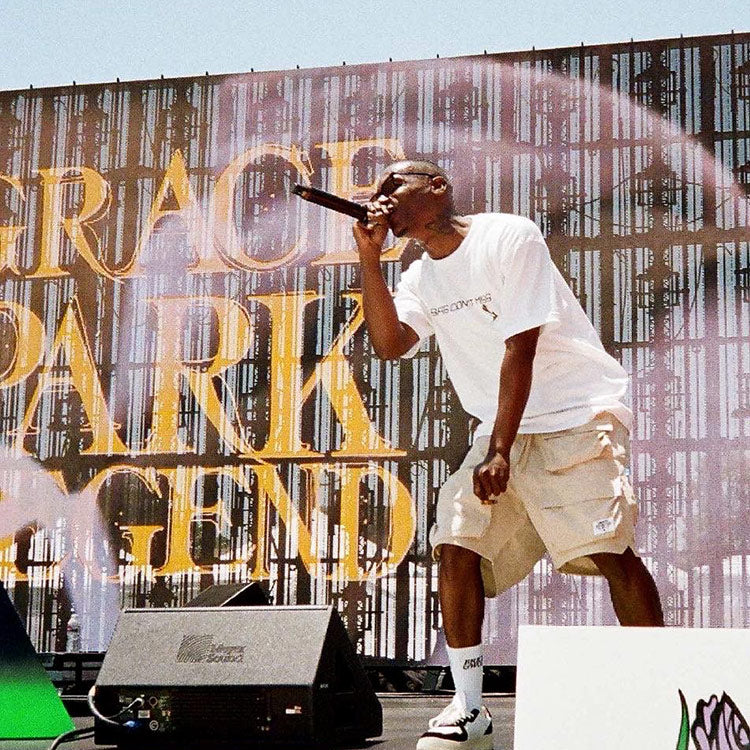
UNIFEST 2021
-
04.08.21
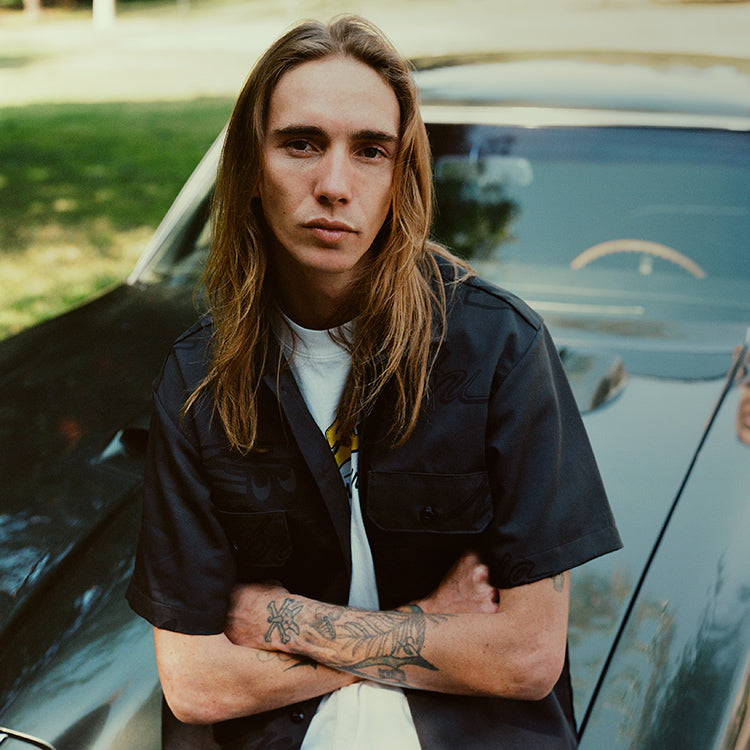
Spring 2021 Del 1
-
01.15.21
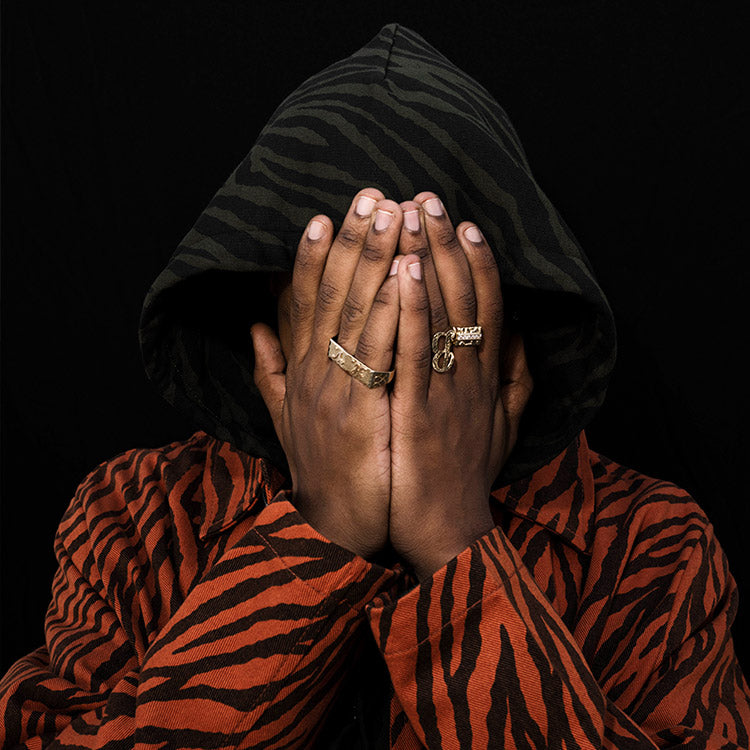
WTFIRGO — Robert LeBlanc
-
12.29.20
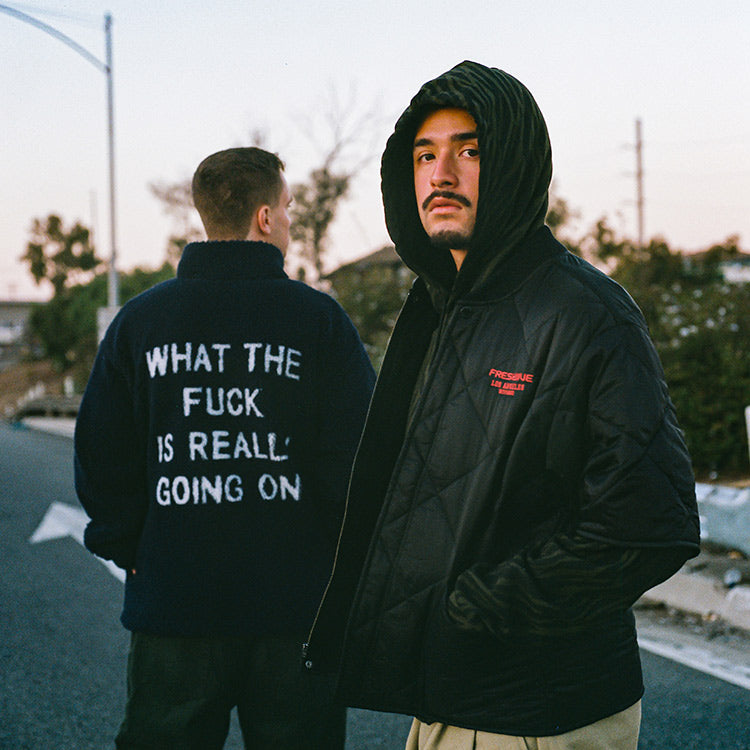
Fall 2 Look Book
-
10.28.20
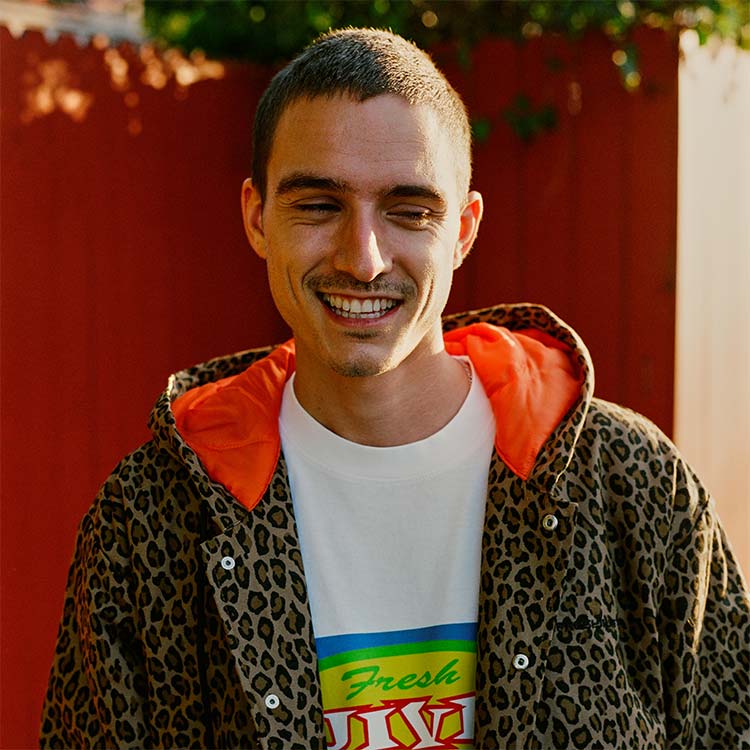
Fall 1 Look Book
-
07.30.20
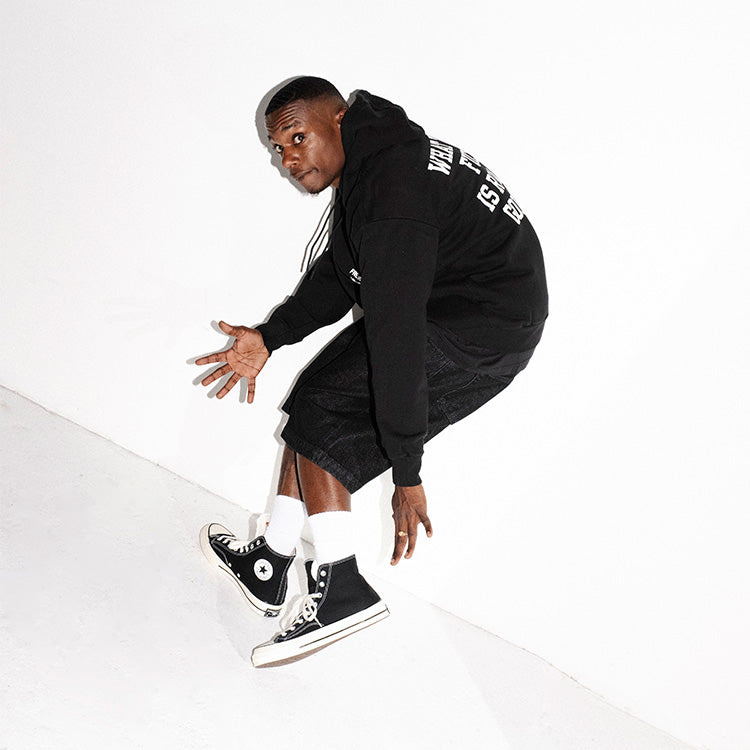
Summer 2020 Look Book #2
-
07.16.20
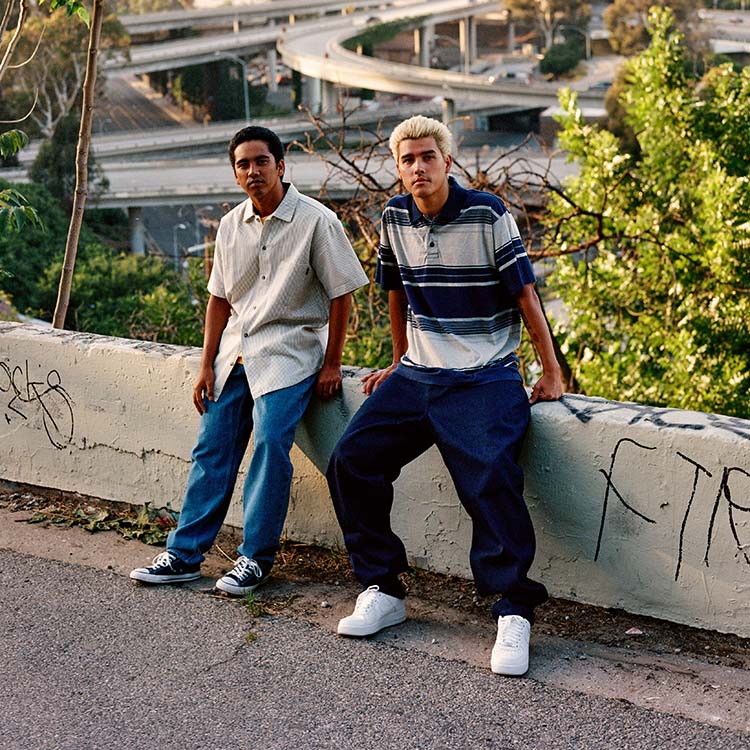
Summer 2020 Look Book
-
06.18.20
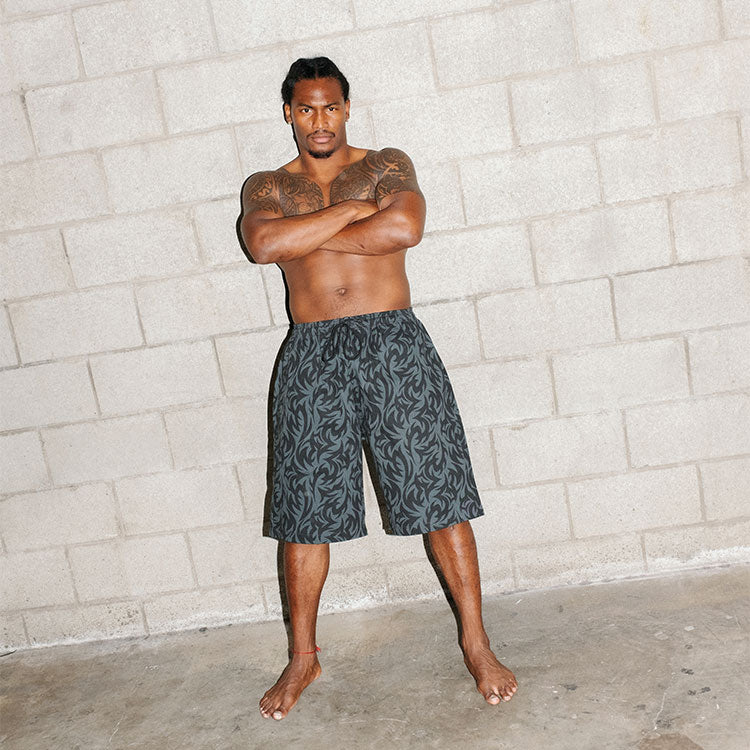
WTFIRGO — Israel Duffus
-
05.19.20
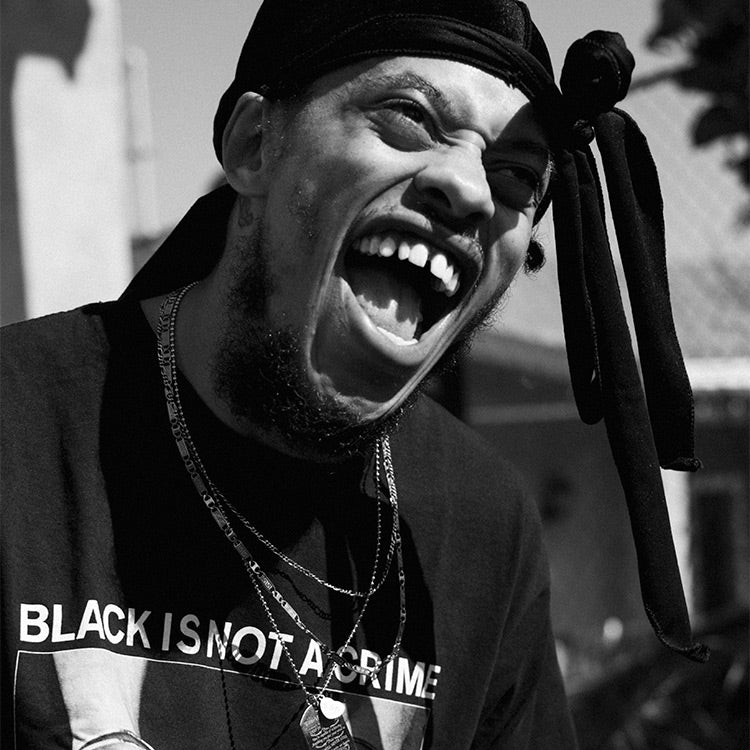
WTFIRGO — Pink Siifu
-
04.09.20
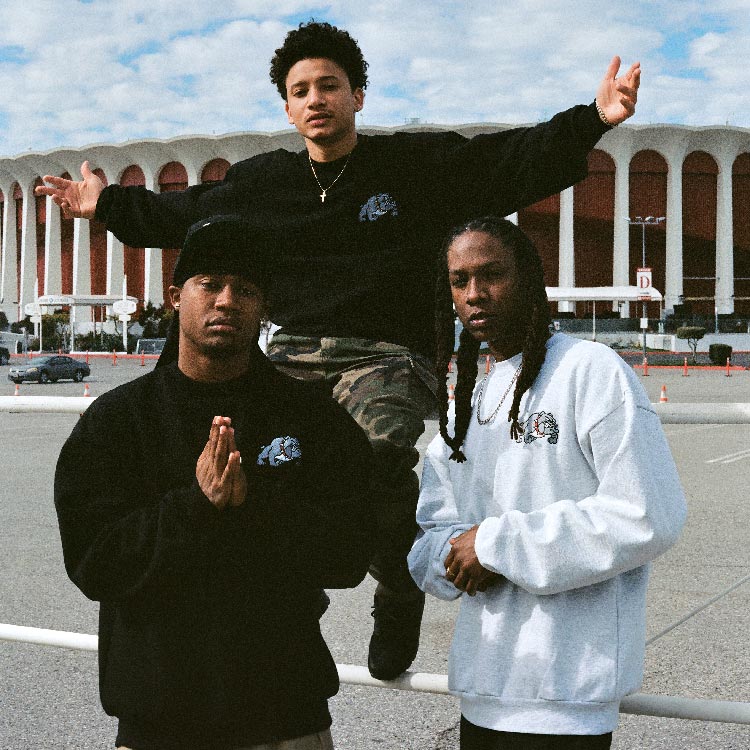
Spring 2020 Campaign #2
-
03.03.20
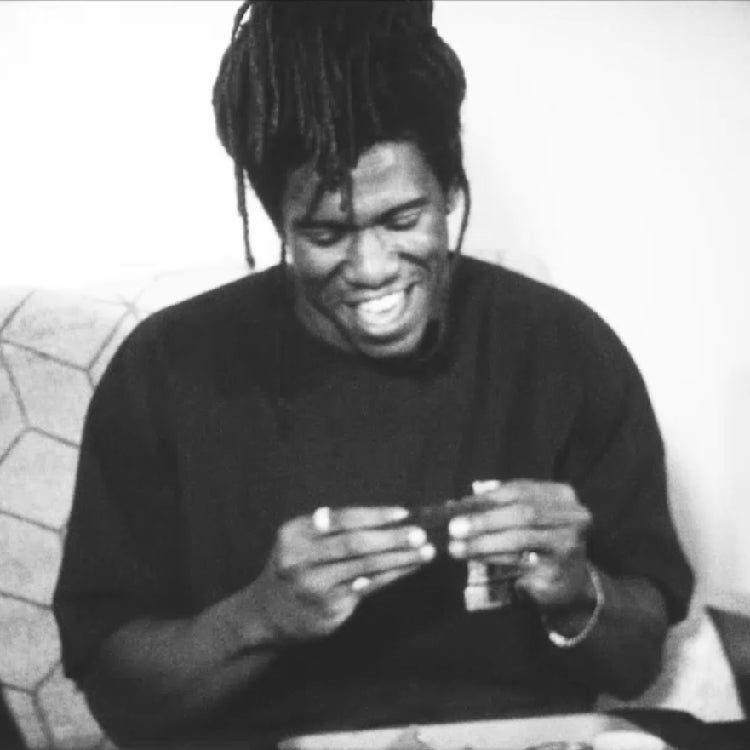
WTFIRGO News
-
02.20.20
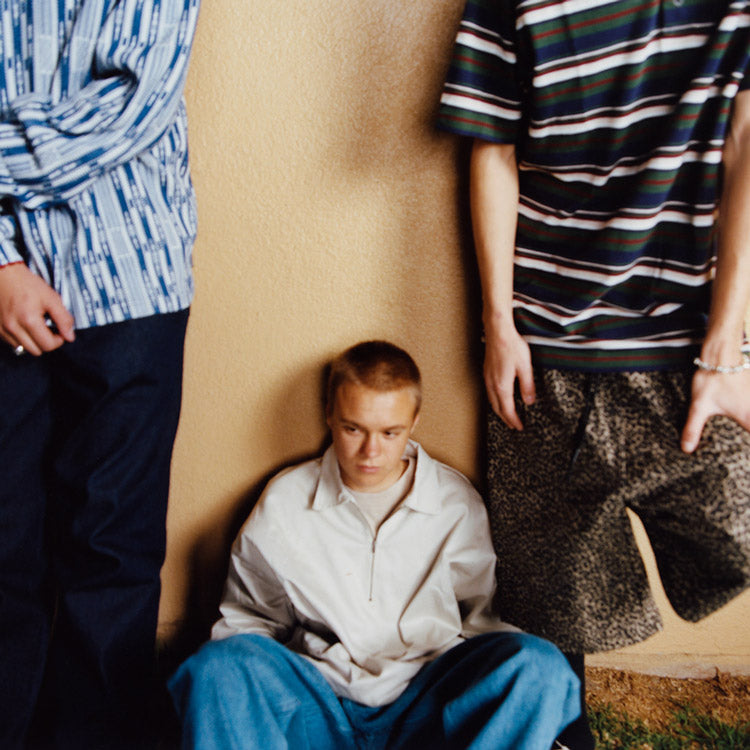
Spring 2020 Look Book
-
12.30.19
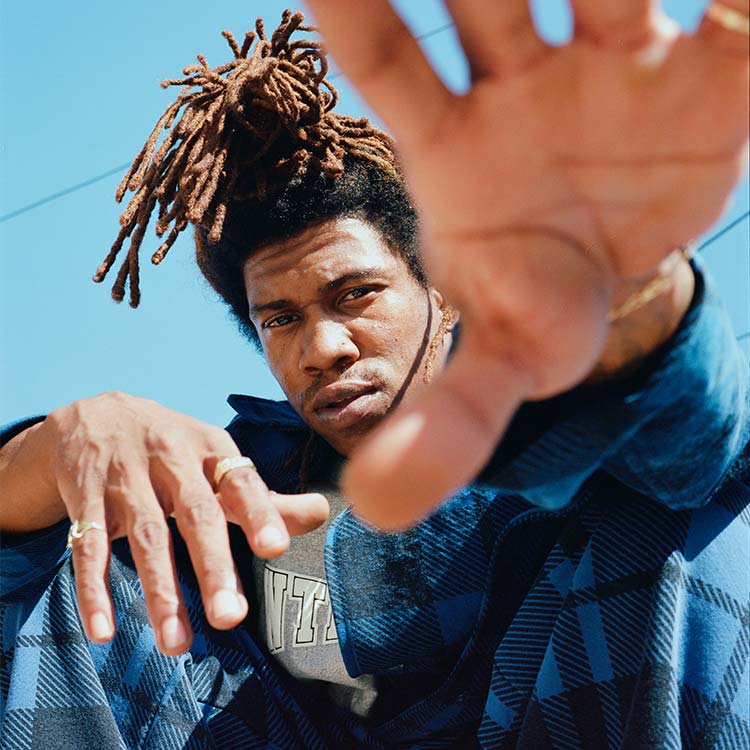
WTFIRGO — Seafood Sam
-
12.05.19
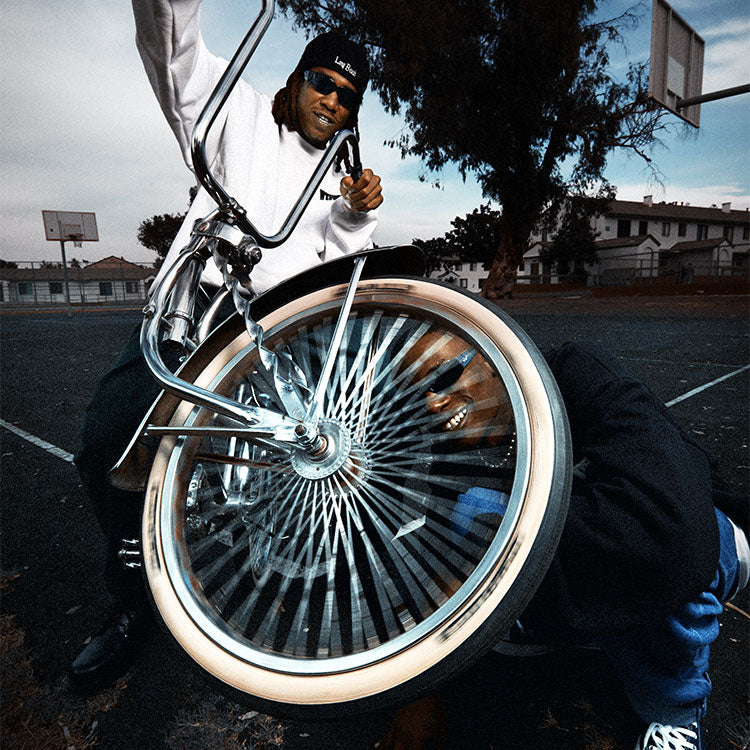
Holiday 2019 Look Book
-
10.02.19
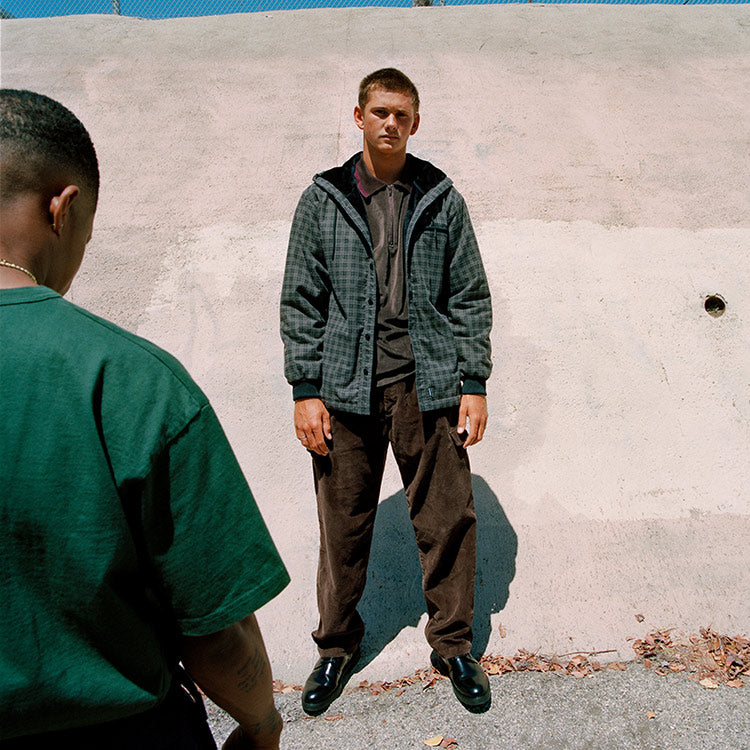
Fall 2019 Look Book
-
07.22.19
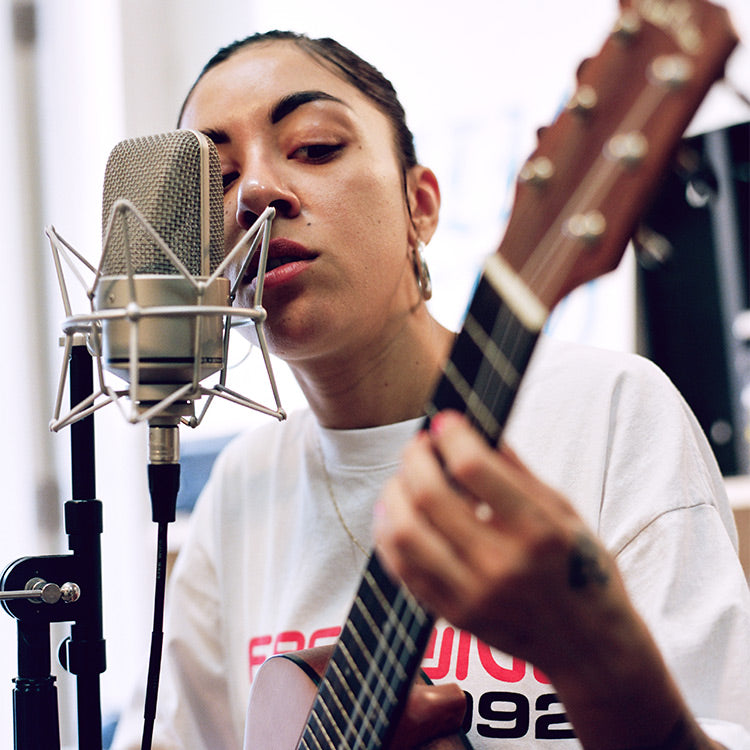
WTFIRGO — Jazzy Romero
-
07.19.19
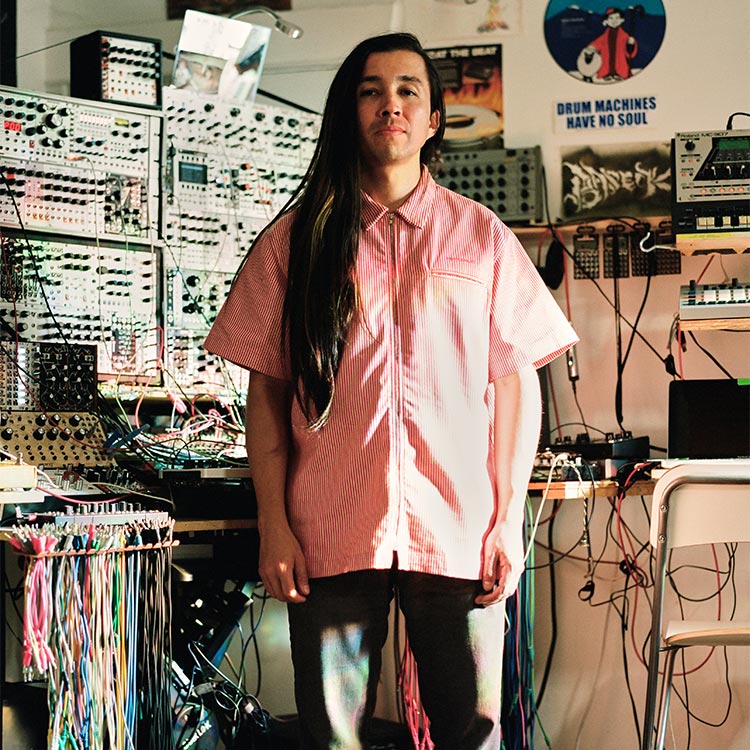
WTFIRGO — BASECK
-
07.18.19
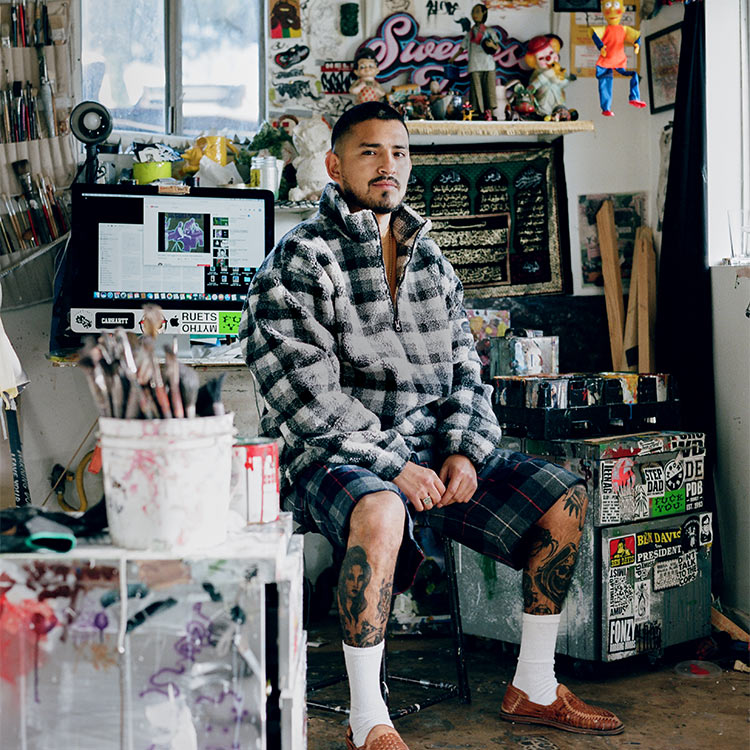
WTFIRGO — Alfonso Gonzalez Jr.
-
07.17.19
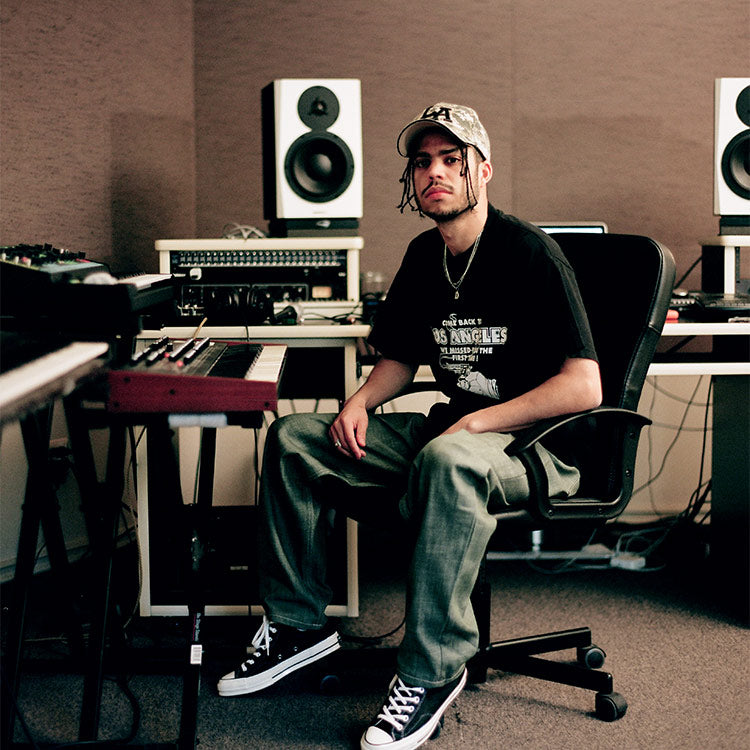
WTFIRGO — D33J
-
07.12.19
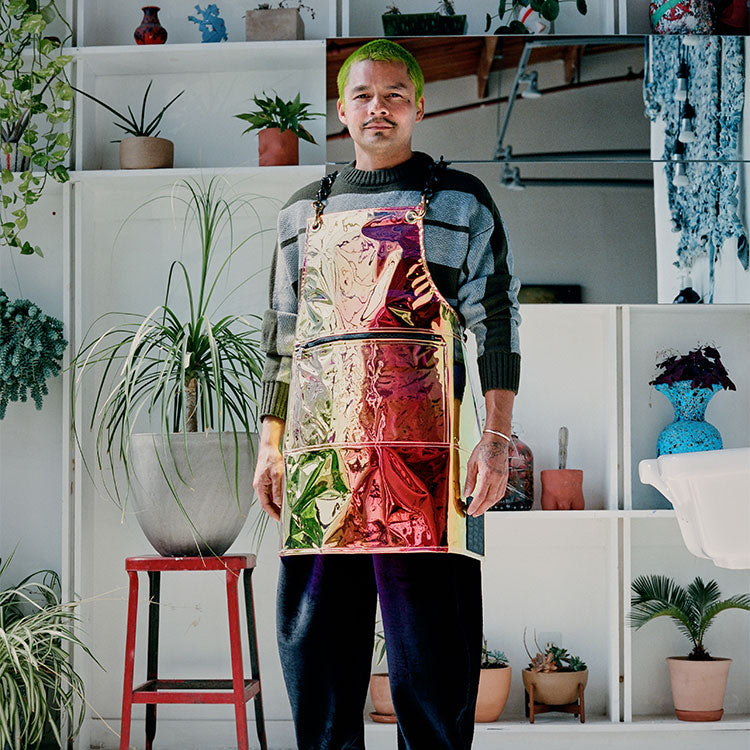
WTFIRGO — Daniel Moon
-
07.11.19
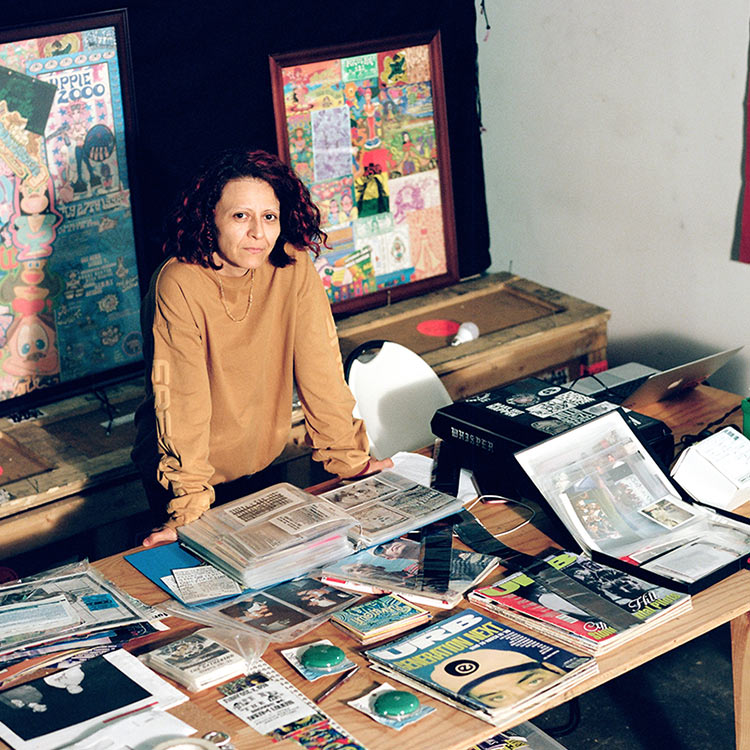
WTFIRGO — Guadalupe Rosales
-
05.11.19
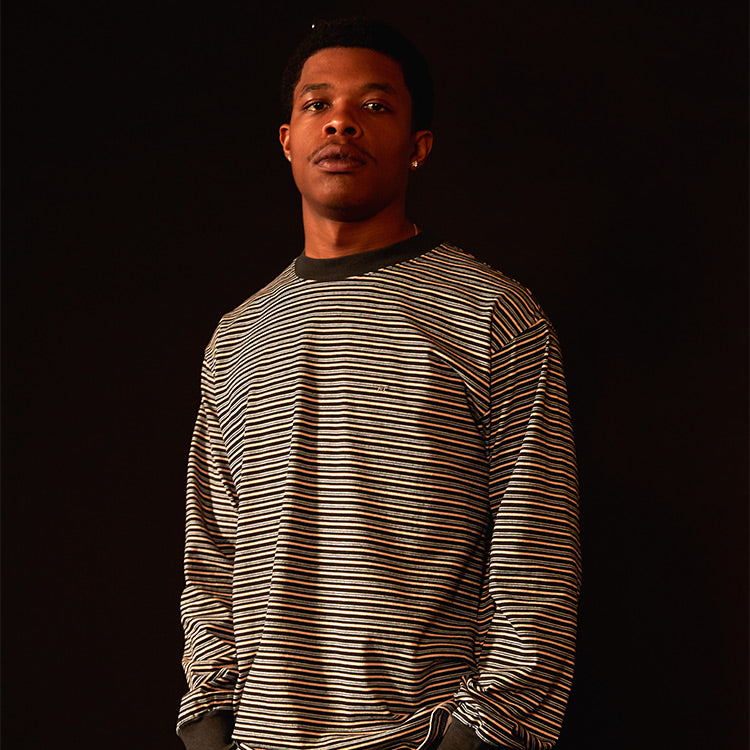
Estnation Capsule Collection
-
05.10.19
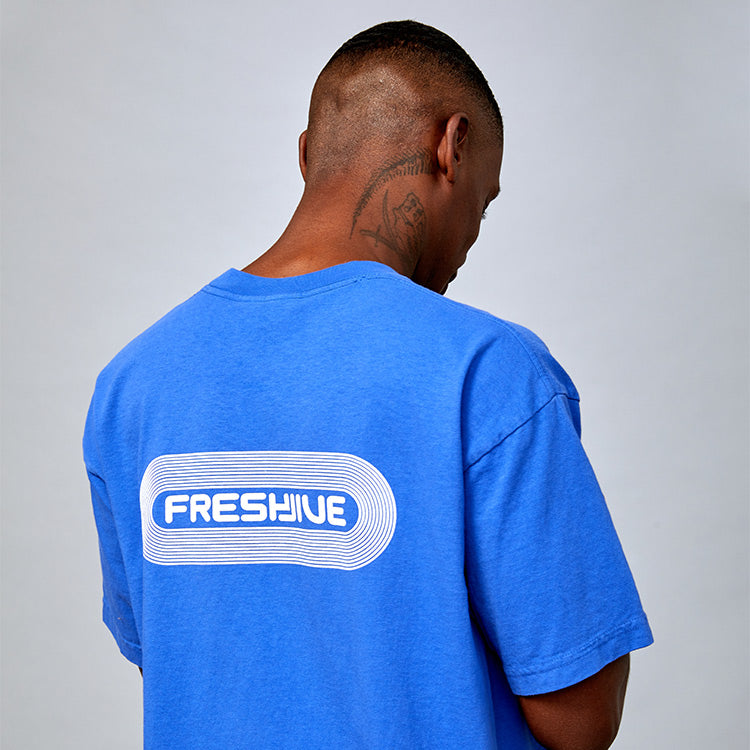
Summer 2019 Campaign (Drop 2)
-
05.07.19
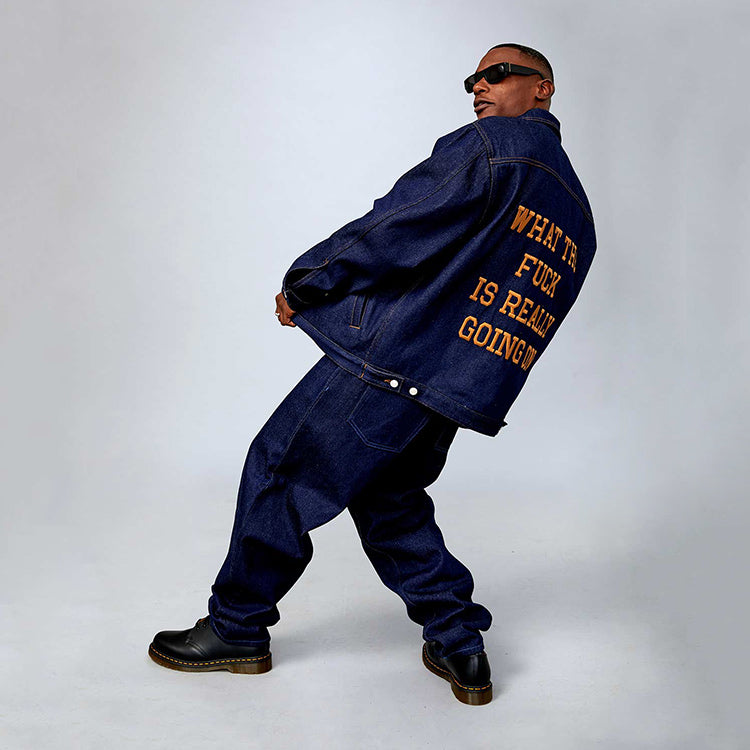
Summer 2019 Campaign (Drop 1)
-
05.07.19
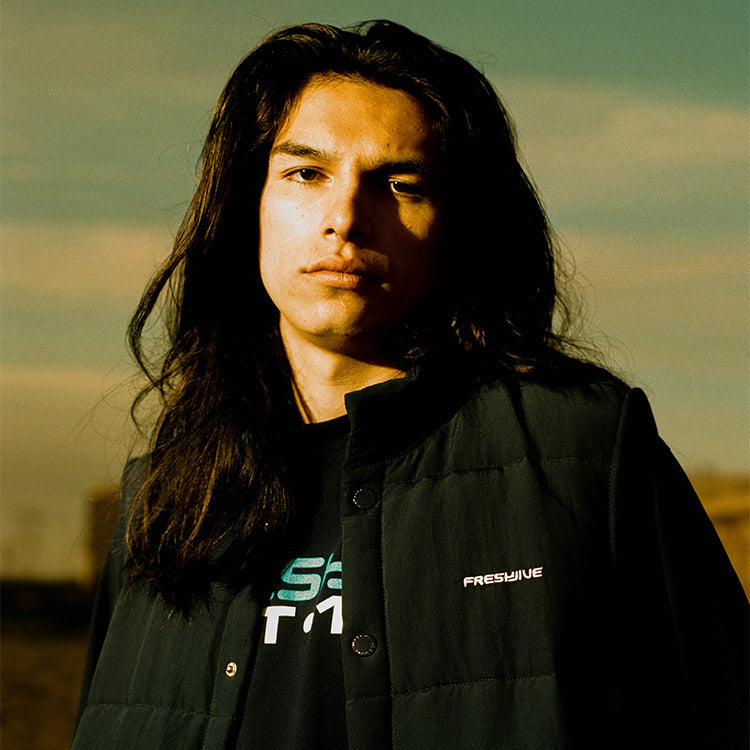
Summer 2019 Preview
-
03.29.19
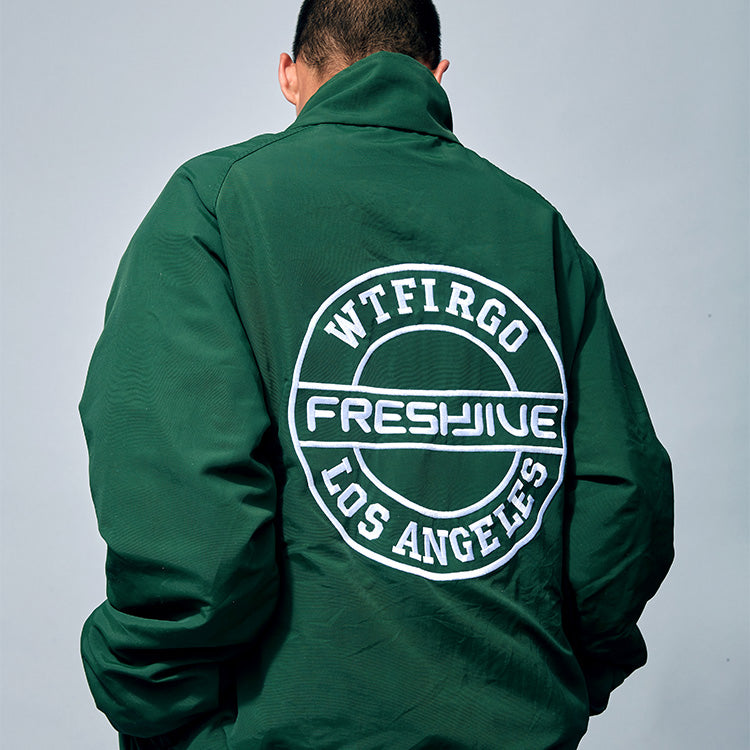
Spring 2019 Delivery 1 Look Book
-
02.26.19
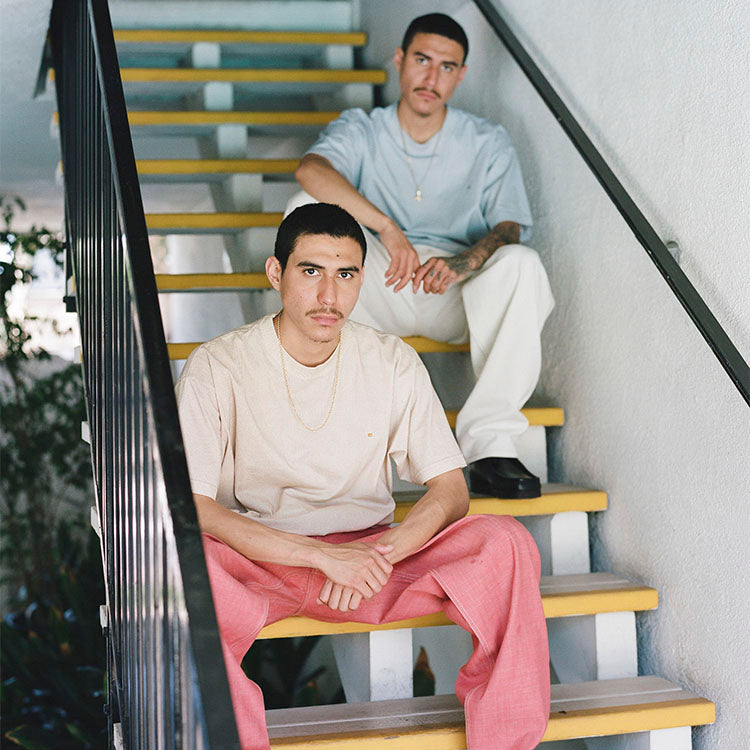
Spring 2019 Preview
-
01.12.19
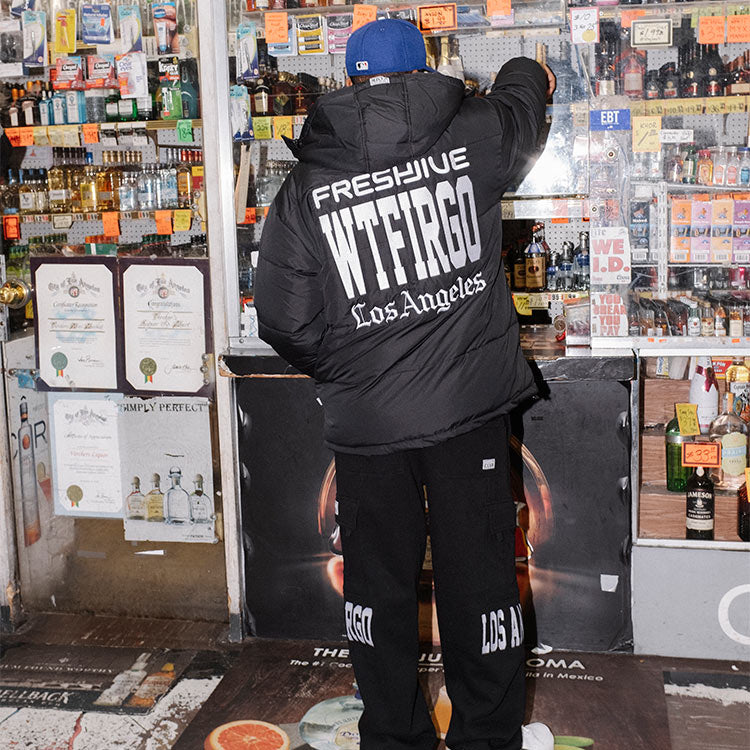
Freshjive X Proclub X Verchers Liquor Store
-
12.31.18
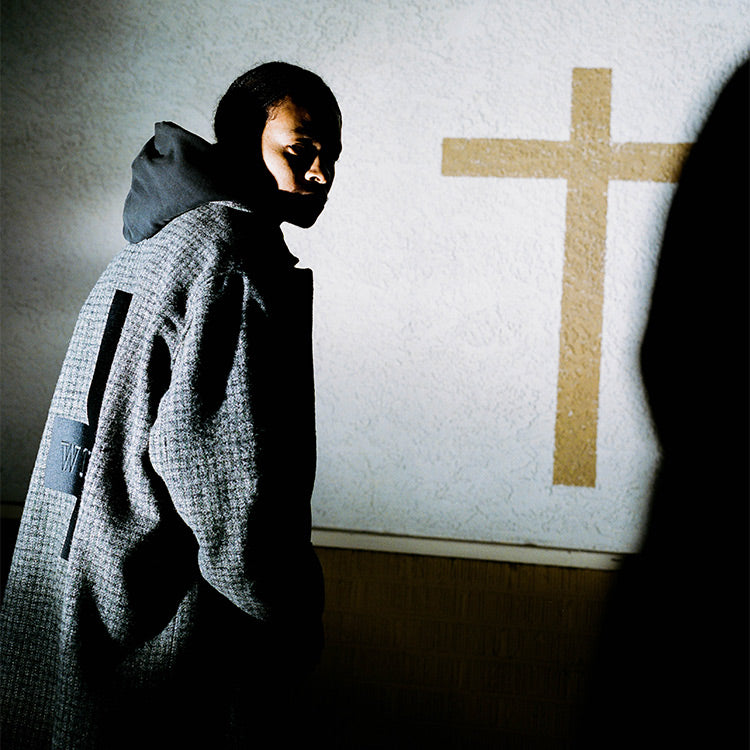
Crosses on Figueroa
-
12.19.18
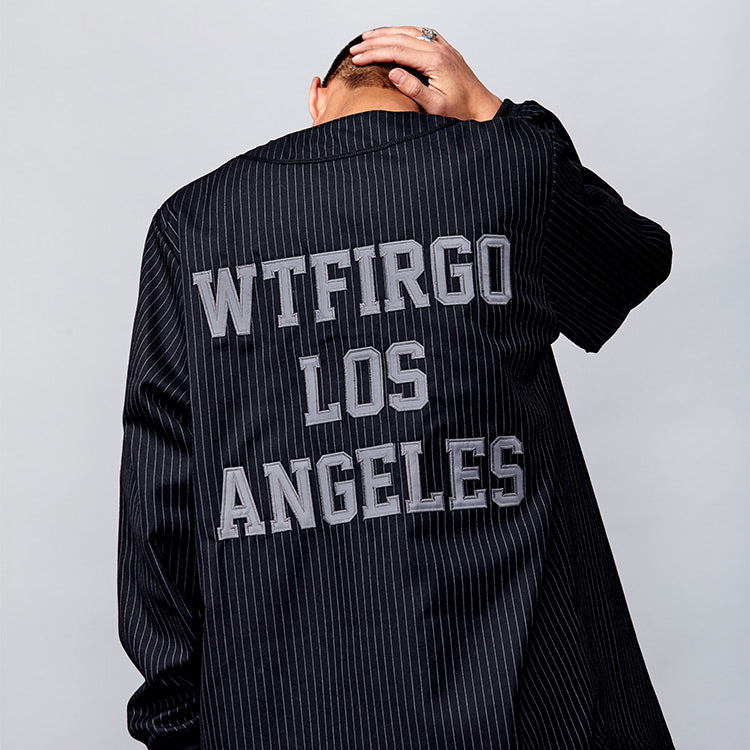
Winter 2018 Campaign
-
12.07.18
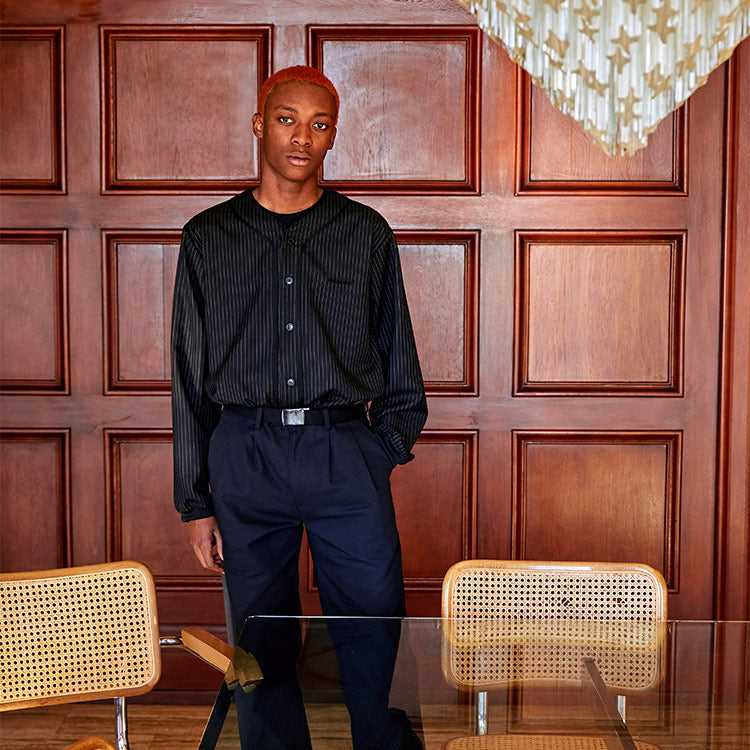
Winter 2018 Preview
-
10.17.18
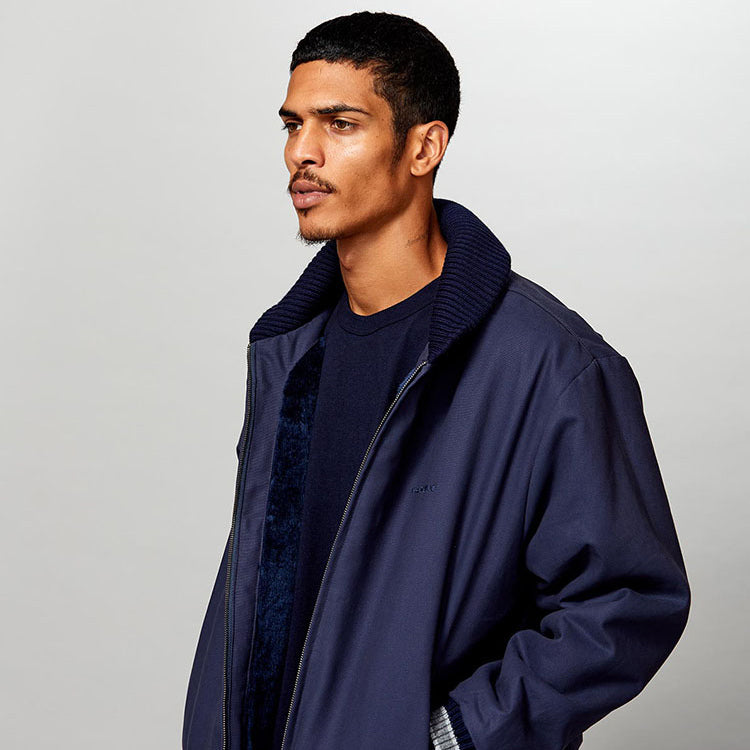
Autumn 2018 Campaign
-
09.13.18
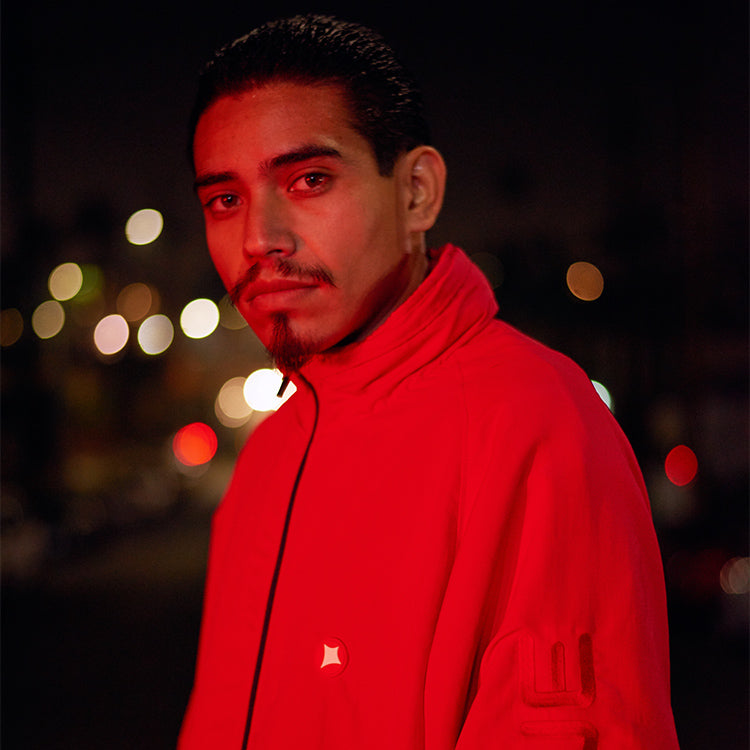
Autumn 2018 Preview
































